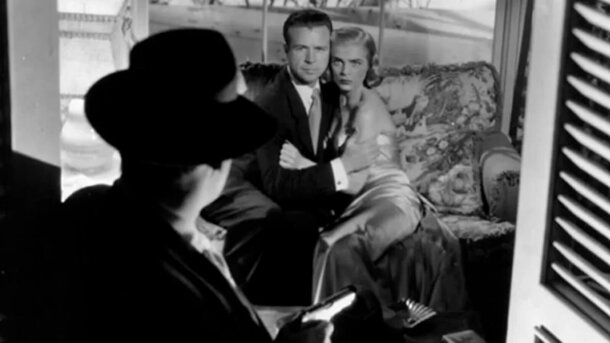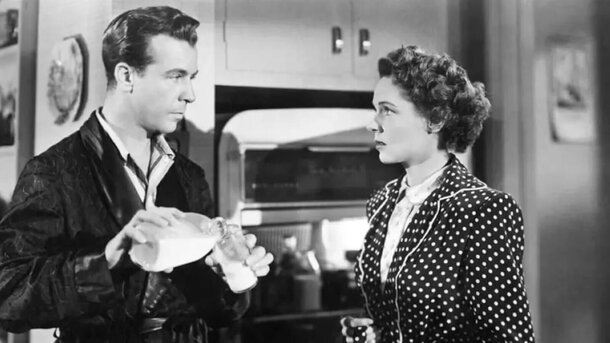The film Pitfall, released in 1948, remains a cult example of neo-noir. It's perfect 100% rating on Rotten Tomatoes speaks for itself. Directed by André De Toth, this film explores not only the world of crime and temptation but also the deep cracks in the American Dream.
Moral Chaos at the Heart of the Story
At the center of the narrative is John Forbes, an insurance agent whose seemingly prosperous life unravels due to a fleeting affair with Mona Stevens. Their romance, built on mutual expectations and honesty, quickly becomes a catalyst for destruction.
Read also: A Blunder of Epic Proportions in This Historical Film with Johnny Depp
Mona is not just a femme fatale; she is a complex and vulnerable character. Her relationship with John pulls private detective MacDonald into a vortex of events, as he becomes obsessed with Mona. His thirst for revenge and jealousy transform MacDonald into a destructive force, leading to tragic consequences.

The plot of Pitfall is not a standard confrontation of "good" and "evil," but a deep exploration of moral compromises.
Middle Class Through the Lens of Noir
Instead of the dark alleys and criminal syndicates typical of the genre, Pitfall transports viewers to suburban tranquility. John Forbes is an ordinary man with a routine that oppresses him. His affair with Mona is not just a passion but an attempt to break free from the mundane grayness of everyday life.
However, this "escape" only makes things worse. Scenes of quiet streets and measured living are contrasted with the growing internal chaos. There are no deafening shootouts or mafia conspiracies, but John’s personal drama makes the film even more tense.

Both characters try to pretend that everything is fine, but they don't succeed very well.
Why is the film still relevant?
Pitfall stands out among noirs for it's sincerity. Instead of hyperbolic imagery and dramatization, it portrays real emotions and conflicts. The story of John and Mona could happen in any home, on any street, making it relatable to audiences even decades later.










